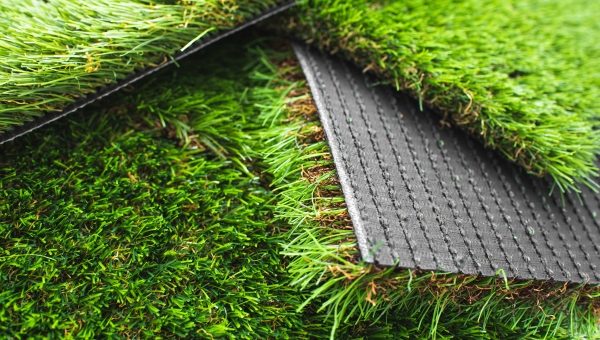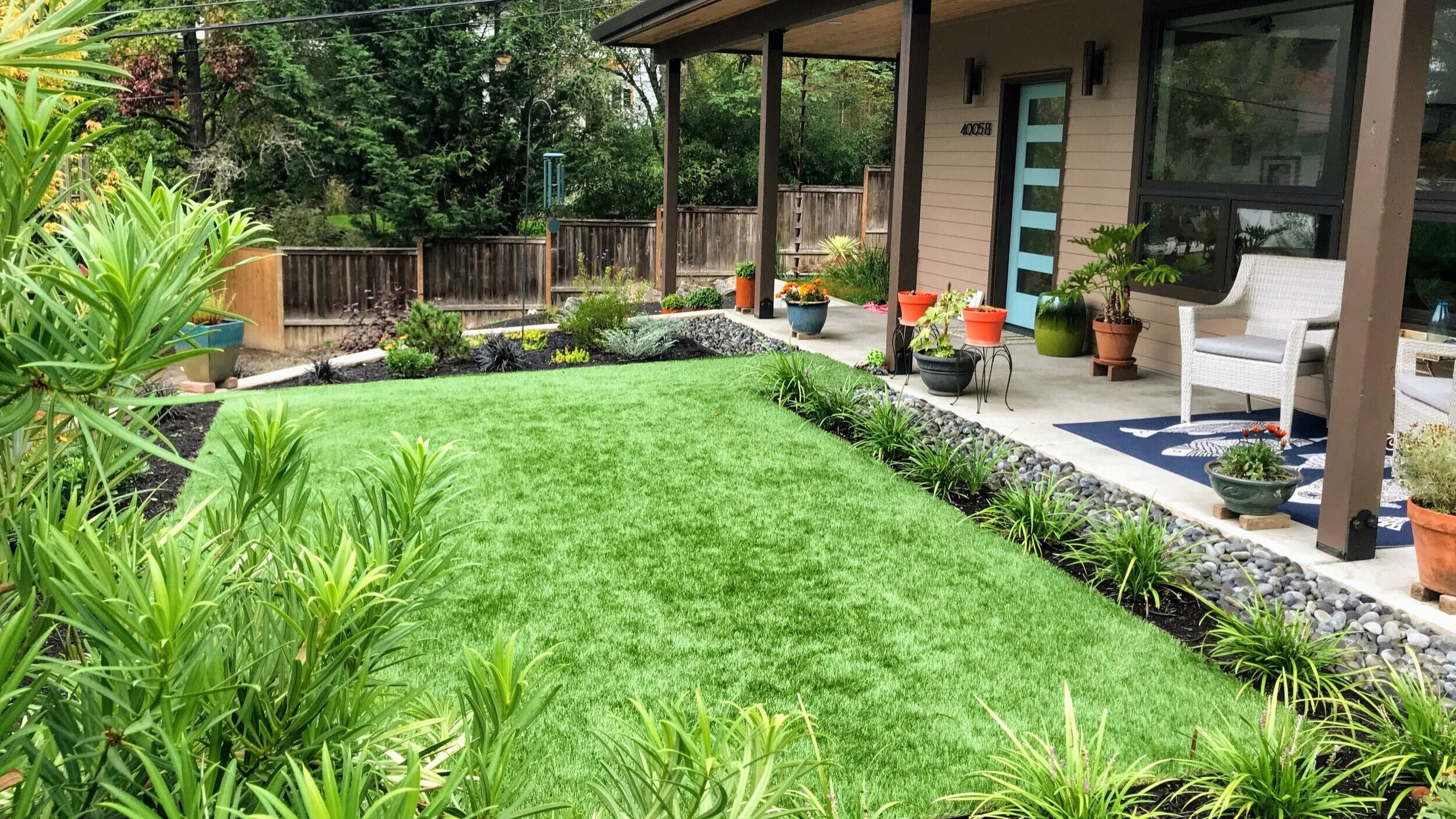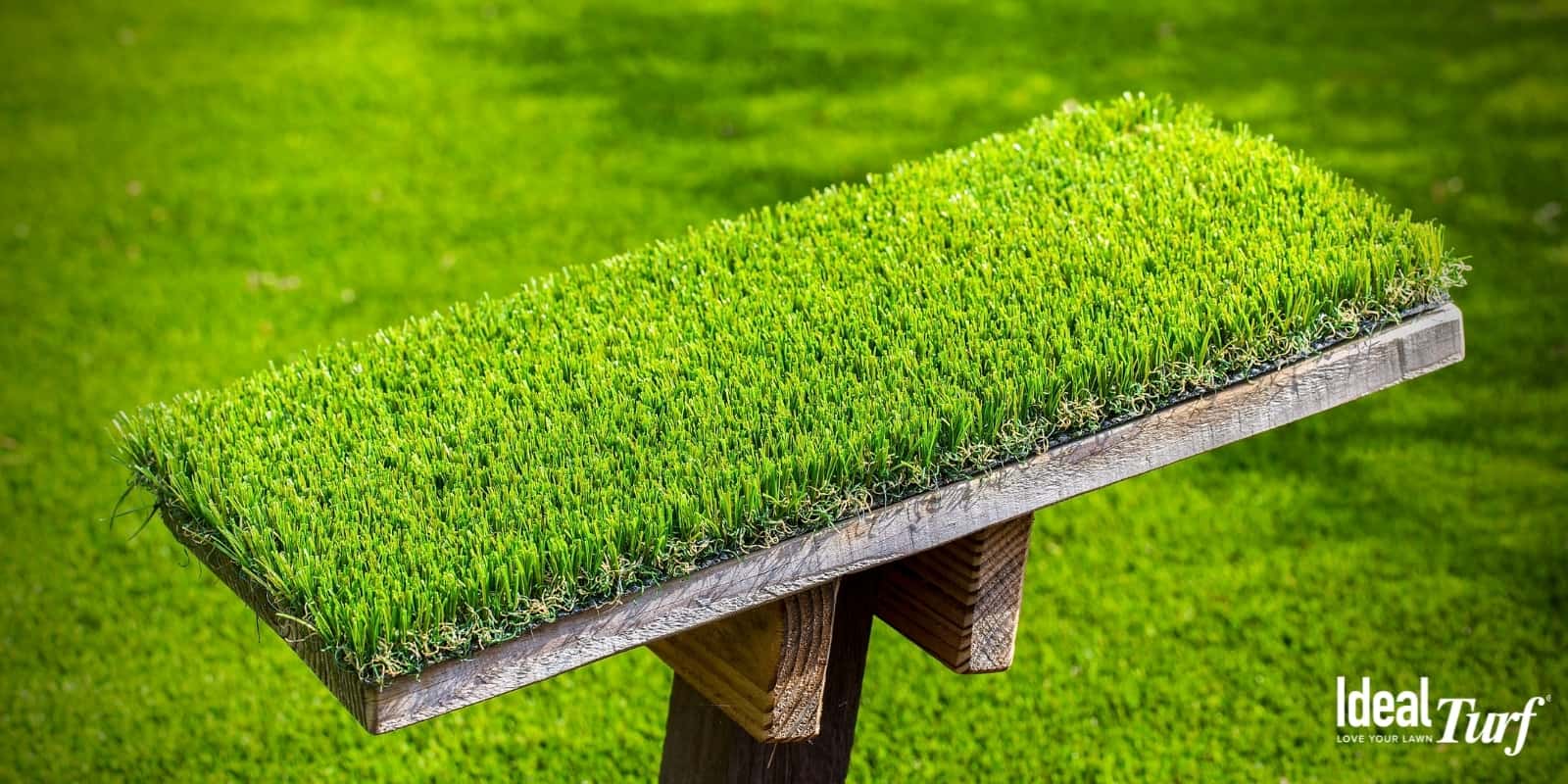Leading Phoenix Turf Companies Providing Premium Synthetic Grass Solutions
Leading Phoenix Turf Companies Providing Premium Synthetic Grass Solutions
Blog Article
Delve Into the Environmental Perks of Opting for Synthetic Grass Solutions
The adoption of synthetic grass services offers an engaging chance to attend to pressing ecological difficulties. By considerably decreasing water usage and minimizing the application of hazardous chemicals, these alternatives not only advertise sustainable landscape design but additionally shield local communities. In addition, the lower carbon footprint related to reduced maintenance tasks adds to a more sustainable method to land monitoring. Nonetheless, the effects of these benefits expand past plain preservation efforts, elevating inquiries about their lasting influence on habitat conservation and general environmental equilibrium. Discovering these dimensions exposes a complicated interaction worth taking into consideration.
Water Conservation Benefits
One of the most considerable advantages of artificial grass is its capability to conserve water. In contrast, man-made lawn does not need watering, dramatically decreasing the overall need for water sources.
By getting rid of the requirement for routine watering, artificial grass adds to sustainable landscape practices and assists reduce the environmental influence of excessive water intake. The conservation of water prolongs to the decrease of runoff, which can lead to dirt erosion and waterway contamination.
Furthermore, the installment of synthetic lawn permits home owners and districts to designate water resources extra efficiently, focusing on vital usages such as alcohol consumption water and agriculture. The shift in the direction of synthetic turf not only promotes liable water usage yet likewise aligns with broader environmental objectives targeted at maintaining all-natural sources.
As communities progressively focus on sustainability, the water conservation benefits of synthetic grass present a compelling case for its fostering in commercial and property landscape design jobs.
Lowered Chemical Use
The change to synthetic grass dramatically lowers the reliance on chemical treatments commonly used in all-natural yard upkeep. Standard turf management normally involves the application of plant foods, herbicides, and pesticides to advertise development and control insects. These chemicals can posture threats to human health, neighborhood wildlife, and the environment, adding to dirt and water contamination.
In contrast, man-made grass eliminates the requirement for these unsafe materials. By decreasing the release of artificial compounds right into the environment, man-made lawn promotes healthier dirt and water systems.
Additionally, the lack of chemical overflow related to fabricated grass setups assists safeguard neighborhood waterways from contamination, supporting aquatic life and keeping biodiversity. Phoenix turf companies. As communities progressively focus on sustainable practices, choosing for artificial turf provides a sensible remedy that aligns with environmental preservation goals. Through this shift, residential or commercial property proprietors can appreciate rich green areas without jeopardizing eco-friendly wellness, leading the way for a more sustainable future
Lower Carbon Impact

Furthermore, the setup of artificial turf can result in considerable water preservation. Natural grass call for significant quantities of water for irrigation, which not just contributes to the carbon impact connected with water removal and therapy however also pressures regional water resources. On the other hand, synthetic lawn requires minimal maintenance, needing no watering, therefore significantly decreasing water usage and its associated energy costs.
In addition, the long life of synthetic grass adds to its reduced carbon impact. With a life-span of up to 15 years or more, the demand for constant replacements is diminished, resulting in much less waste and lower power consumption in production and taking care of traditional yard options. In general, synthetic grass offers a sustainable choice for ecologically aware landscaping.
Habitat Preservation
Habitat conservation is a critical factor to consider in the discussion over landscaping options, specifically when contrasting synthetic grass to natural lawn. Natural turf yards frequently call for extensive maintenance, including making use of page plant foods, pesticides, and herbicides, which can adversely impact neighborhood ecosystems. These chemicals can leach into the dirt and rivers, harming indigenous plants and fauna and interfering with regional habitats.
Synthetic turf gets rid of the requirement for damaging chemicals, thereby safeguarding neighboring wildlife and preserving the stability of surrounding environments. The installment of synthetic lawn can lead to the conversion of previous yard locations right into more biodiverse landscapes, such as pollinator yards or native plant areas, which can support regional wildlife.
Inevitably, the change to synthetic grass not only saves water and lowers maintenance initiatives but additionally cultivates a more harmonious partnership in between human tasks and the native environment, advertising environment conservation in the procedure.
Long-Term Sustainability
Long-term sustainability is an important factor in evaluating the advantages of fabricated lawn over traditional turf yards. One of the most significant benefits of synthetic grass is its sturdiness; it can last as much as 15-20 years with very little upkeep, whereas all-natural turf needs frequent reseeding and replacement. This durability lowers the requirement for continuous sources, such as water, fertilizers, and chemicals, which are necessary for keeping a healthy turf lawn.
Furthermore, synthetic lawn adds to a reduction in carbon discharges linked with yard treatment tools. Conventional grass typically call for gas-powered mowers, trimmers, and blowers, all of which add to air contamination. Arizona turf. On the other hand, synthetic grass gets rid of the need for such tools, advertising a cleaner environment
Additionally, the manufacturing of synthetic grass increasingly makes use of recycled materials, boosting discover this its sustainability profile. As producers embrace environmentally friendly methods, the ecological footprint of synthetic turf remains to lessen.

Conclusion
The fostering of synthetic grass solutions presents significant environmental advantages, including significant water preservation, reduced reliance on dangerous chemicals, and a reduced carbon footprint. Additionally, synthetic grass aids in protecting all-natural environments by lessening land disturbance and advertising lasting sustainability via the use of resilient materials. Collectively, these factors underscore the capacity of man-made lawn to contribute favorably to environmental health and wellness and use a practical choice to standard landscape design techniques in an increasingly resource-conscious globe.
In contrast, fabricated lawn does not need watering, substantially weblink decreasing the total demand for water resources. By lessening the release of synthetic substances into the ecosystem, artificial lawn promotes healthier soil and water systems.
Additionally, the setup of synthetic grass can result in substantial water preservation. In contrast, synthetic grass requires very little maintenance, requiring no watering, thereby significantly reducing water usage and its connected energy costs.

Report this page